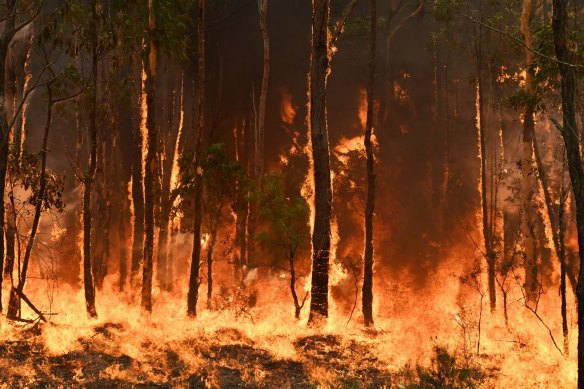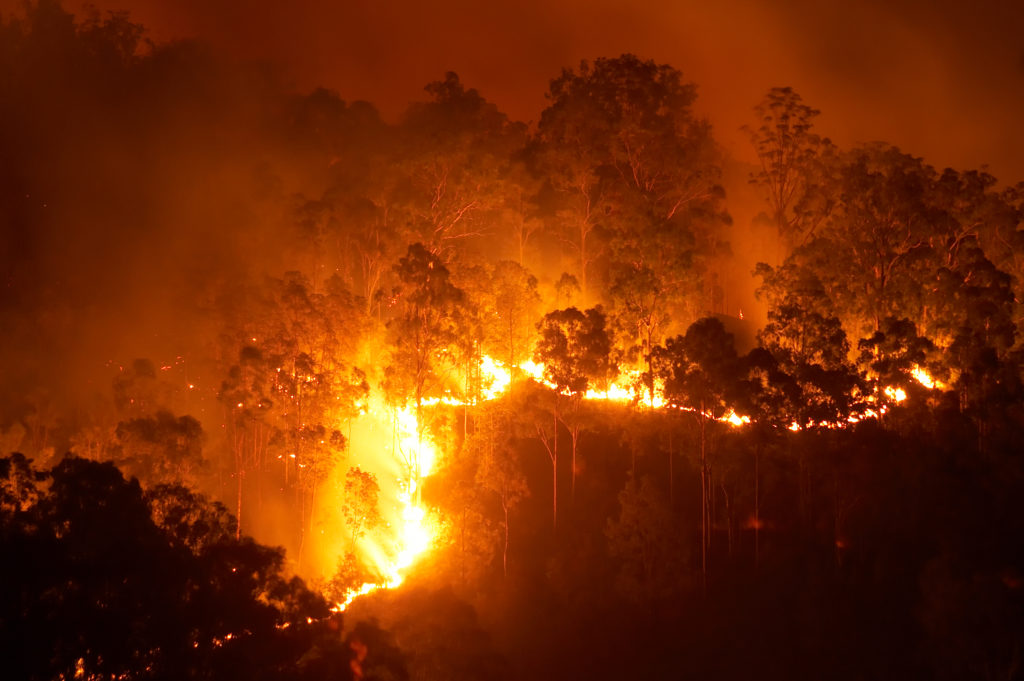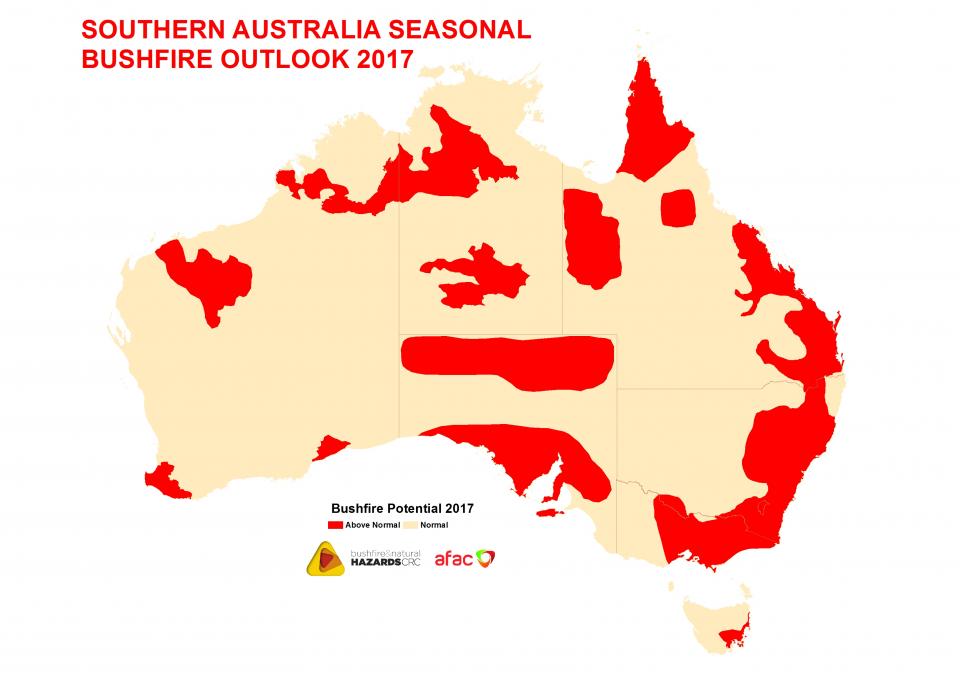Navigating Bush Fire Protection Laws With BAL Report
Central to this endeavor is the Bushfire Strike Degree (BAL) report, a critical record that examines the prospective direct exposure of a home to bushfire. By diving into the intricacies of BAL analyses and their ramifications for building conformity, stakeholders can proactively handle bush fire risks and safeguard properties versus potential risks.
Recognizing Shrub Fire Protection Rules
To effectively navigate the intricacies of bush fire defense policies, it is necessary to have a clear understanding of the regulating guidelines and requirements in place. Bush fire security policies are critical for protecting homes and lives in locations prone to bushfires. These guidelines develop the criteria and protocols that property proprietors should follow in order to minimize the threats connected with bushfires.

Significance of BAL Evaluations
Comprehending the relevance of BAL analyses is crucial in guaranteeing compliance with bush fire protection policies and successfully reducing the dangers associated with bushfires. BAL assessments, which establish the Bushfire Assault Degree of a building, are vital for creating ideal bush fire security actions tailored to the particular danger account of the site. By examining elements such as plants kind, range to prospective fire threats, and slope of the land, BAL evaluations offer important insights right into the degree of danger a home encounters during a bushfire event.

Effects for Structure Conformity
Navigating with structure conformity demands based on BAL evaluations is necessary for making certain structures are properly fortified versus the threats postured by bushfires. Building compliance describes adhering to the requirements and regulations established forth to boost the security and durability of structures in bushfire-prone areas. The ramifications of structure conformity in connection with BAL assessments are substantial. Structures that fail to meet the needed conformity criteria go to a higher threat of suffering damages or devastation during a bushfire event. This not only jeopardizes the passengers yet additionally positions a threat to the surrounding setting.
Guaranteeing structure conformity includes mindful planning, building, and maintenance to minimize the potential effect of bushfires - BAL Report. It calls for a comprehensive understanding of the BAL ranking appointed to the property and implementing the suitable actions to enhance its fire protection abilities. Non-compliance with structure regulations can result in lawful consequences, insurance coverage difficulties, and most importantly, endanger lives. Consequently, taking building compliance seriously and including BAL assessment outcomes into building methods is vital for safeguarding residential or commercial properties in bushfire-prone regions.
Handling Bush Fire Threats Properly
Provided the essential relevance of structure conformity in fortifying structures against bushfire dangers, effectively taking care of these threats calls for a thorough technique that prioritizes proactive mitigation strategies. To start, carrying out complete threat analyses is critical. Understanding the details vulnerabilities of a residential property in connection with bushfires permits tailored threat mitigation strategies. This includes studying elements such as the residential property's area, surrounding plant life, topography, and prevailing climate conditions. Applying suitable plant life monitoring methods is another essential facet of effective threat management. Cleaning flammable plant life, producing defensible rooms, and guaranteeing correct maintenance can dramatically reduce the risk of fire spreading out to the residential or commercial property. Investing in fireproof structure products and building and construction techniques can enhance the structure's capability to hold up against ember assaults and direct flame get in touch with. In addition, creating and exercising an emergency feedback strategy is crucial for guaranteeing that residents recognize just how to respond promptly and securely in the occasion of a bushfire. By incorporating these aggressive actions, homeowner can efficiently manage bushfire risks and increase the safety of their occupants and structures.
Practical Tips for Homeowners and Developers
Efficiently taking care of bushfire threats as a homeowner or developer necessitates implementing useful mitigation approaches tailored to the residential or commercial property's particular vulnerabilities and surroundings. Ensuring that walls, see this windows, and roofs are built or updated to fulfill pertinent bushfire security requirements is crucial.
Moreover, creating an emergency situation strategy and practicing discharge drills with family members members, occupants, or workers can conserve lives in the event of a bushfire. Remaining notified concerning regional fire danger scores, climate condition, and emergency notifies is also crucial for making timely choices to protect life and home. Lastly, involving with local fire authorities, community teams, and professionals experienced in bushfire monitoring can offer beneficial guidance and assistance in creating thorough bushfire security strategies.
Verdict
To conclude, browsing bush fire security laws with a BAL report is important for guaranteeing building conformity and taking care of bush fire risks effectively. Comprehending the relevance of BAL assessments and following useful ideas can aid property owners and designers minimize the influence of bush fires. By sticking to these laws and taking necessary precautions, individuals can create safer atmospheres for themselves and their neighborhoods.
Secret components of bush fire security policies include the Bushfire Strike Degree (BAL) assessment, which identifies the level of danger a home faces from bushfires. BAL analyses, which establish the Bushfire Strike Level of a home, are crucial for creating appropriate bush fire security procedures customized to the particular threat account of the site. By reviewing variables such as plants kind, range to prospective fire risks, and incline of the land, BAL evaluations provide important understandings into the level of threat a property faces during a bushfire event.

In final thought, navigating bush fire defense policies with a BAL record is vital for making sure building compliance and handling bush fire risks efficiently.